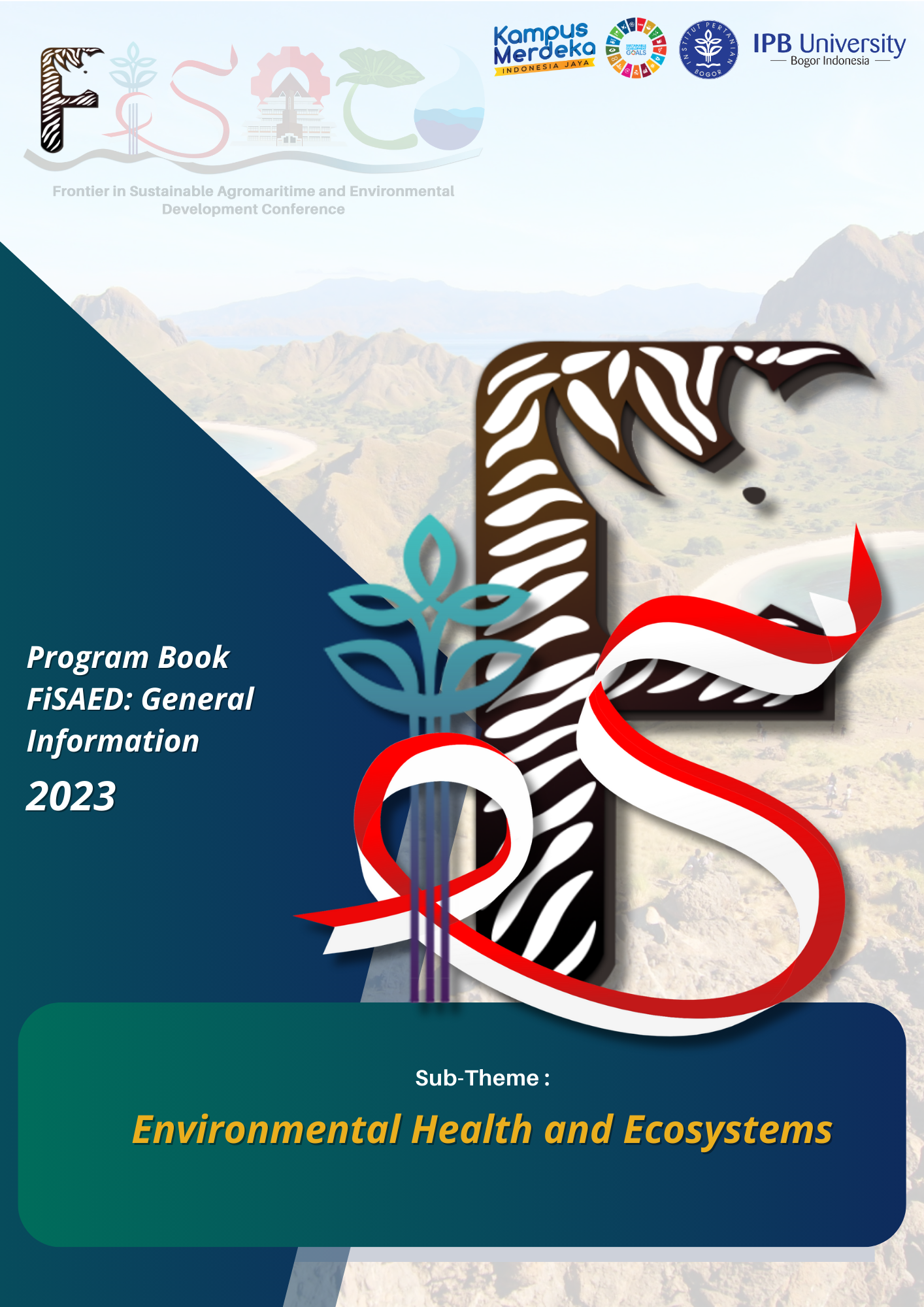DIGITALIZATION OF THE HEALTH DATA ACQUISITION SYSTEM TO MEASURE THE PHYSIOLOGICAL RESPONSE OF HORSES DUE TO MICROCLIMATE CHANGES IN THE ERA OF CLIMATE CHANGE
This paper was not presented at the conference.
Abstract
This paper was not presented at the conference.
Horses are homeotermic animals that have a thermoregulation system to stabilize body temperature in different microclimates, especially in tropical areas experiencing climate change such as Indonesia. A microclimate that is above a comfortable temperature will reduce physiological conditions so that horses are susceptible to disease. This research aims to study the thermoregulatory response of horses using a digital data acquisition system for respiratory rate, heart rate and body surface temperature in the morning and afternoon as a representation of microclimatic changes over 5 days. The data acquisition system used is Go Direct Respiration Belt Vernier, and Polar Electro H7 Heart Rate Sensor, Flir One Pro Thermal Cam. Data collection was carried out in the morning 06.00–07.30 WIB and in the afternoon 12.00–13.30 WIB. The results of the temperature humidity index (THI) calculation show that in the morning the horse is in a state of mild heat stress and in the afternoon it experiences moderate heat stress. Respiratory rate and heart rate frequency in the morning and afternoon have significantly different values due to differences in microclimatic conditions in the morning and afternoon. The respiratory rate in the morning is 9–13 times/minute and in the afternoon 14–19 times/minute. The heart rate is 34–44 times/minute in the morning and 37–46 times/minute in the afternoon. The highest surface temperature is in the head region with a value of 33.84–34.15 °C and the lowest surface temperature is in the forefoot region with a value of 29.30–31.76 °C.
Published
Versions
- 2024-01-30 (2)
- 2023-11-30 (1)




















